
Piazza delle Vettovaglie
Removed from Unnamed collection


Source: Priscilla Bates Images may be subject to copyright. Learn More
Piazza dei Cavalieri and Piazza Dante Alighieri are the beating hearts of student life in the city. Surrounding these lively squares, you'll find a plethora of charming, budget-friendly eateries that are perfect for grabbing a bite with friends. Just a short stroll away is Piazza delle Vettovaglie, home to the historic food market. Here, you can mingle with locals while browsing stalls brimming with fresh produce and regional delicacies.
For a truly authentic experience, visit in the early morning when the market is buzzing with activity. The aroma of freshly baked bread and local cheeses fills the air, creating an irresistible invitation to taste everything in sight. Whether you're a foodie or just curious, it's a memorable way to soak up the local culture.
You may also be interested:

Removed from Unnamed collection
The Cathedral of Grosseto 
Picture this: the year is 1138. Bishop Rolando, a staunch advocate of Innocent II during the Anacletus schism, secures approval to relocate the See of Rosellana to Grosseto. Fast forward to the 12th century, and the parish church of Santa Maria Assun
Map

Removed from Unnamed collection
Castiglione della Pescaia 
The highlight of the area is Castiglione della Pescaia, a charming town that captures the essence of Italy's coastal beauty. Picture this: a quaint fishing boat harbor, bustling with life, nestled under the watchful gaze of a medieval castle. It's li
Map

Removed from Unnamed collection
Knights Square 
Welcome to Knights’ Square, or Piazza dei Cavalieri, a place where history whispers through the air and the buildings wear stories like badges of honor. This square, with its lavishly adorned structures, has been the political heart of Pisa for centu
Map

Removed from Unnamed collection
Santa Maria della Spina 
Nestled along the banks of the Lungarno Gambacorti in Pisa, Italy, the Santa Maria della Spina Church is a tiny wonder of Gothic architecture. This enchanting little church, with its intricate design, once served as a humble oratory for seamen, who s
Map

Removed from Unnamed collection
The Leaning Tower 
The Leaning Tower of Pisa is truly one of medieval Europe's most iconic architectural wonders. Standing tall at 60 meters, this tower has captured the imaginations of travelers worldwide with its famous tilt. Up until 1990, it leaned at an incredible
Map

Removed from Unnamed collection
Pisa Cathedral 
Pisa Cathedral, a stunning medieval Roman Catholic masterpiece, is dedicated to the Assumption of the Virgin Mary. It proudly stands in the Piazza dei Miracoli. The cathedral's journey began way back in 1064 and it was consecrated with much fanfare o
Map

Removed from Unnamed collection
Square of Miracles 
Imagine walking into the stunning Campo dei Miracoli in Pisa, or as it's affectionately known, the Square of Miracles. This iconic site was honored as a UNESCO World Heritage Site 25 years ago. You might expect it to be nestled in the heart of the ci
Map

Removed from Unnamed collection
Baptistery 
The Baptistery of San Giovanni, a true gem founded on August 15, 1152, is where the journey of faith begins with the Sacrament of Baptism. This captivating and mysterious structure was built to complement the grandeur of the cathedral it faces. Its p
Map

Removed from Unnamed collection
Camposanto Monumentale 
The Cemetery is the final masterpiece gracing Piazza del Duomo. Its elegant marble wall stretches along the northern edge, perfectly enclosing the piazza. Established in 1277, it was designed to gather the scattered graves that once surrounded the gr
Map

Removed from Unnamed collection
Natural Park Migliarino San Rossore 
Just a stone's throw from the bustling crowds flocking to Pisa's iconic Piazza dei Miracoli, there's a peaceful slice of nature waiting to be discovered. Welcome to the Migliarino, San Rossore, and Massaciuccoli Nature Park, a sanctuary that remains
Map

Removed from Unnamed collection
The Certosa di Calci 
As you leave the bustling FI-PI-LI highway at Cascina and head toward the majestic Apuane Alps, you can almost feel the industrial hustle slip away. In its place, a serene calmness begins to envelop you. This peaceful atmosphere is what first attract
Map
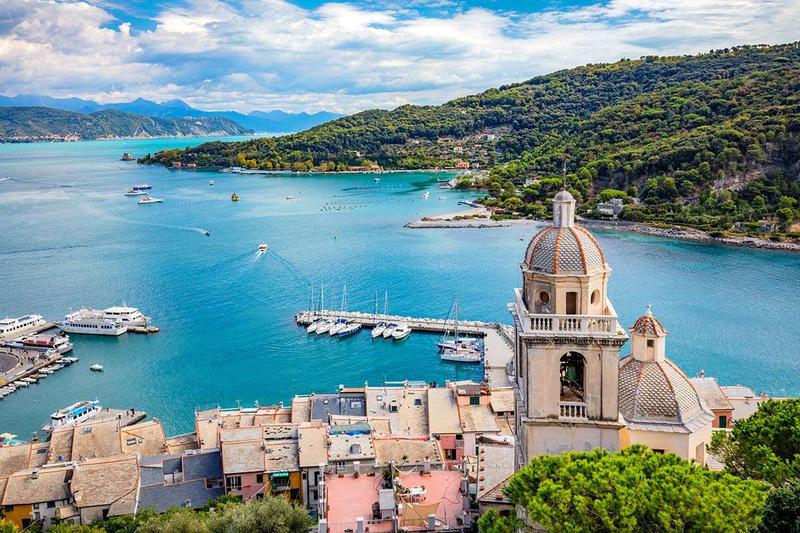
Removed from Unnamed collection
Portovenere Private Full-Day Tour - Best of the city and San Pietro 
20 June 2025
Discover the enchanting charm of Portovenere, a hidden gem on the Ligurian coast, during this immersive full-day guided tour. Nestled at the edge of the Cinque Terre, this UNESCO World Heritage-listed village offers a perfect blend of history, dramat
Map
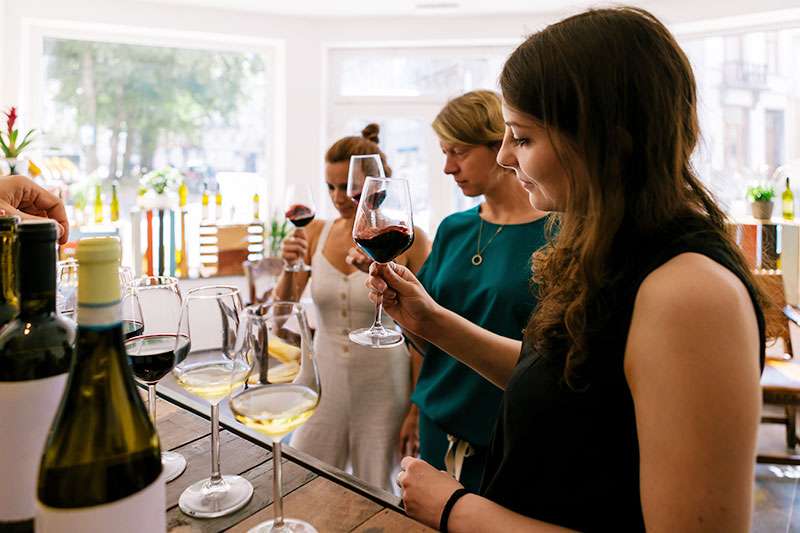
Removed from Unnamed collection
Wine Tasting and Pasta Cooking Class 
8 June 2025
Start a culinary journey through the landscapes of Tuscany and the Cinque Terre. This one-day adventure offers a unique blend of wine tasting and pasta-making experiences, allowing you to immerse yourself in the authentic flavors and traditions of It
Map

Removed from Unnamed collection
Medici Villa at Castello 
Nestled just a few kilometers from the heart of Florence, the Villa Medicea at Castello is an enchanting complex featuring an elegant villa and a magnificent Italian garden that comes second only to the iconic Boboli Gardens. This historic gem reache
Map
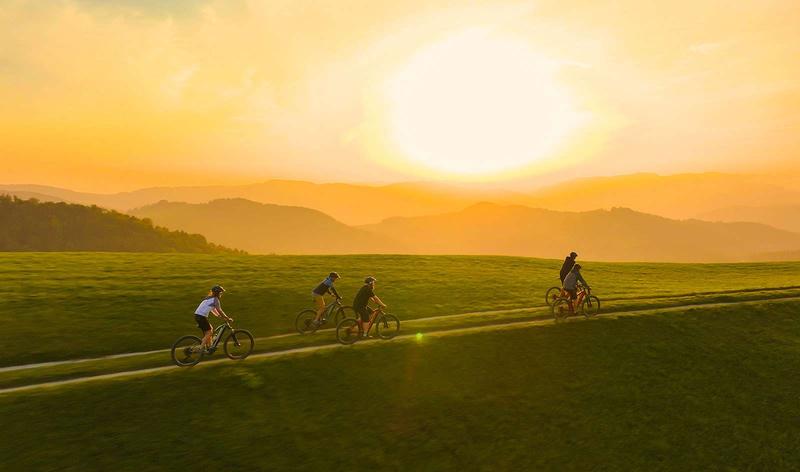
Removed from Unnamed collection
Local Hills E-Bike Tour with Lunch
16 June 2025
Experience a scenic e-bike ride through the ancient and narrow Tuscan roads. Join us for an immersive adventure in the Florentine hills, made easy by our comfortable e-bikes. Cycle through classic Tuscan landscapes, surrounded by lush greenery, vin

Removed from Unnamed collection
Riomaggiore 
9 August 2022
Первая из пяти деревень Cinque Terre, с традиционными домиками, лодками, пиццей. street food у них fried fish mix - креветки, анчоусы, кальмары, вообще все в кучу обжаренное во фритюре. Хорошая смотровая дорожка рядом со станцией
Map

Removed from Unnamed collection
Palazzo Pitti and the Boboli Gardens 
Welcome to the magnificent Pitti Palace, one of Florence's grandest architectural gems. Originally built in 1457 for the influential Pitti family, this palatial wonder was crafted by the legendary Filippo Brunelleschi and brought to life by his talen
Map

Removed from Unnamed collection
Квартира на Piazza Santa Trinita 
5 August 2022
Центр Флоренции. Интересная квартирка рядом с площадью Santa Trinita
Map

Removed from Unnamed collection
Ponte Vecchio 
Open around the clock, the pedestrian path south of Piazza della Repubblica leads you toward the stunning Palazzo Pitti. Along this route, you’ll encounter the iconic Ponte Vecchio. This "Old Bridge" has a rich history, having been the sole crossing
Map

Removed from Unnamed collection
Рынок во Florence 
6 August 2022
Центральный рынок, по итальянски так и называется Mercato Centrale. Сразу с ностальгией вспомнил Екатеринбург. Европейский, такой, формат рынков. Обычно, это большое крытое здание с продуктами, рыба-мясо-овощи, а вокруг миллион небольших лотков с кож
Map

Removed from Unnamed collection
The Medici Chapels 
The Medici Chapels are nestled within the grandiose complex of San Lorenzo in Florence, a city where history breathes life into every cobblestone and artistic masterpiece. This church wasn't just a place of worship; it was the Medici family's officia
Map

Removed from Unnamed collection
The Uffizi Gallery 
Imagine the Uffizi Gallery as a precious treasure chest, slowly revealing its wonders to those who venture through its doors. At first, there's a bit of a puzzle: figuring out where to snag those golden tickets, weaving through the lines of eager art
Map

Removed from Unnamed collection
The Palazzo Vecchio Museum & Tower 
Palazzo Vecchio is a captivating blend of Roman ruins, a Medieval fortress, and breathtaking Renaissance chambers adorned with stunning paintings. It's like stepping into a miniature world where art and history have seamlessly intertwined for centuri
Map

Removed from Unnamed collection
Piazza della Signoria 
The Piazza della Signoria in Florence is like stepping into a living history book. This bustling square has been the political heart of the city since the 14th century, watched over by the majestic Palazzo Vecchio. Imagine the echoes of past triumphs
Map

Removed from Unnamed collection
Florence Cathedral 
Florence's cathedral, a stunning icon of the city, towers majestically with its impressive Renaissance dome, the brainchild of Filippo Brunelleschi. Right across, you'll find the baptistery. The cathedral, named in honor of Santa Maria del Fiore, is
Map

Removed from Unnamed collection
Bardini Gardens 
Florence, renowned for its breathtaking art collections, monumental architecture, and rich historical tapestry, often has visitors so entranced by its urban wonders that they overlook the natural beauty scattered throughout the city. When you do thin
Map

Removed from Unnamed collection
The Accademia Gallery 
When you visit the Galleria dell’Accademia, your first stop is likely the awe-inspiring sculptures by Michelangelo, especially the famous David. But if you linger a bit longer, exploring the museum's quieter corners, you'll find treasures that cater
Map
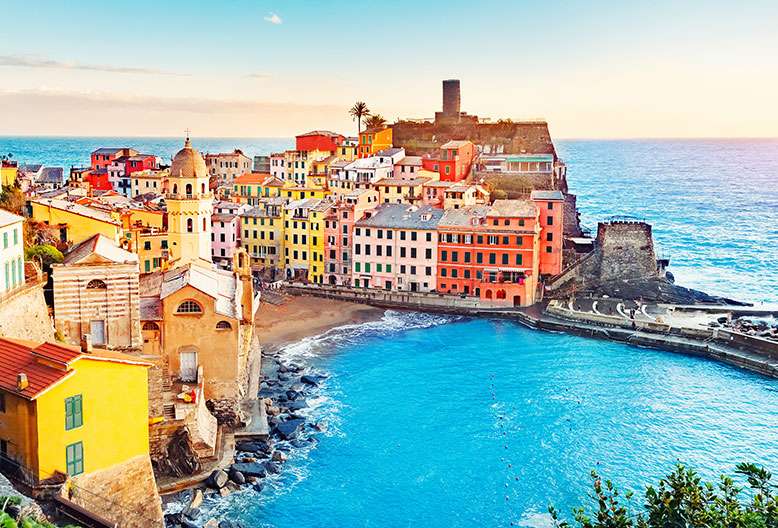
Removed from Unnamed collection
Coastal Walking Day Trip 
12 June 2025
Explore the breathtaking beauty of Cinque Terre with our expertly guided shore excursions. Accompanied by a knowledgeable tour leader, you'll journey through the iconic villages of Vernazza, Monterosso, Riomaggiore, and Manarola. Stroll the vibra
Map

Removed from Unnamed collection
Vernazza Village 
7 August 2022
Деревня Vernazza, в которой находилась наша "база", квартира, из которой мы совершали вылазки в другие места Cinque Terre. В путеводителях было написано, что Vernazza это город, но боюсь, что они сильно приувеличили. Бывшая рыбацкая деревня, которая
Map

Removed from Unnamed collection
Квартира в Vernazza 
8 August 2022
В Vernazza останавливались в квартире на самом верху холма. Из минусов, конечно, что подниматся было непросто. Лишний раз вниз, за бутылочкой кьянти не сбегаешь, вспотеешь. Но с балкона открывались изумительные виды на деревню и на море, а в спальне
Map
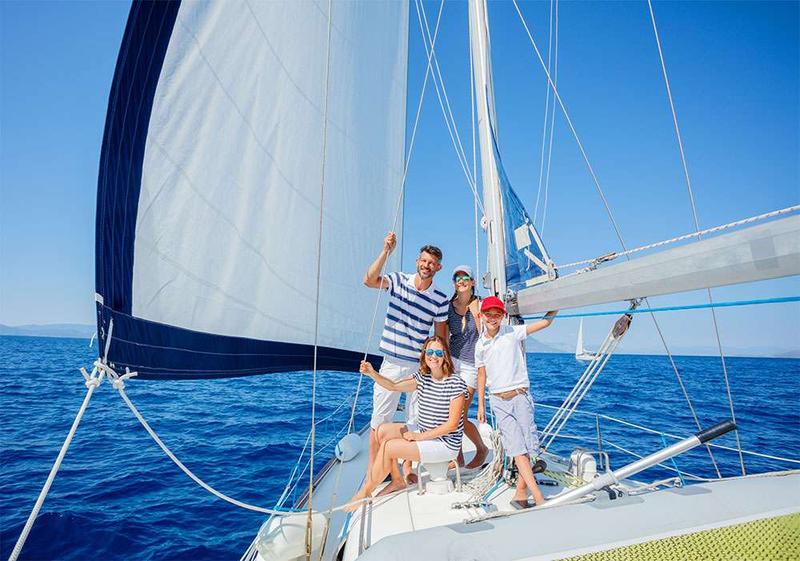
Removed from Unnamed collection
One-day Boat Tour 
11 June 2025
Discover the Cinque Terre: A Boat Trip Adventure Begin an enchanting boat tour along the stunning Cinque Terre coastline. As we sail, you'll discover the unique charm of each village basking in the golden glow of the sunset—a view that's simply unp
Map

Removed from Unnamed collection
Monterosso
9 August 2022
Наверное, второй после Vernazza город в Cinque Terre, он чуть побольше чем Vernazza, несколько небольших улиц с кафе, очень понравился, комфортный.

Removed from Unnamed collection
Monterosso beach
9 August 2022
Пляж в деревушке Monterosso, в Италии, в долине Cinque Terre. Приятная, прозрачная вида, немного каменистый вход но терпимо. Жаль, что попали в самый сезон, на пляже не протолкнуться, наверное позже, в Сентябре свободнее.
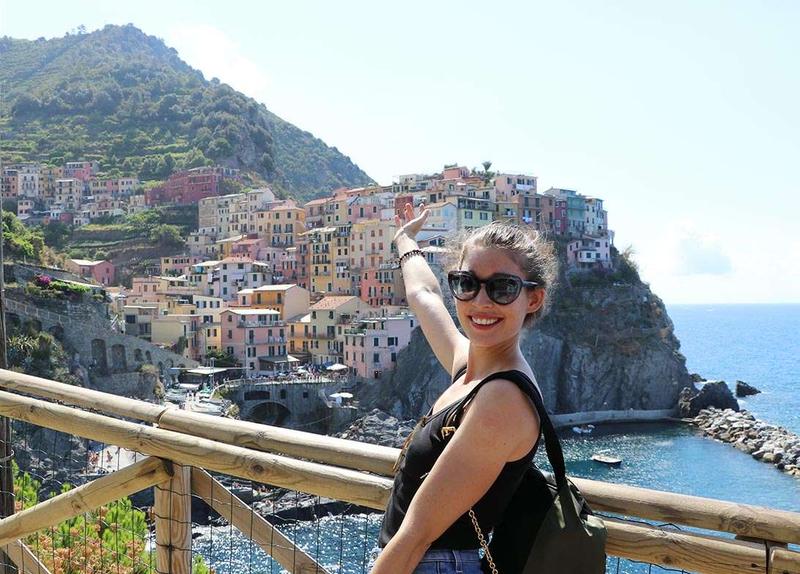
Removed from Unnamed collection
Small Group Half-Day Trekking Tour
14 June 2025
Cinque Terre is more than just a collection of postcard-perfect villages. It's a tapestry woven with breathtaking nature, charming towns, and rich Italian culture. Our Small Group Half-Day Trekking Tour goes beyond the typical tourist experience, off
 Priscilla Bates
Priscilla Bates 
 Italy
Italy 